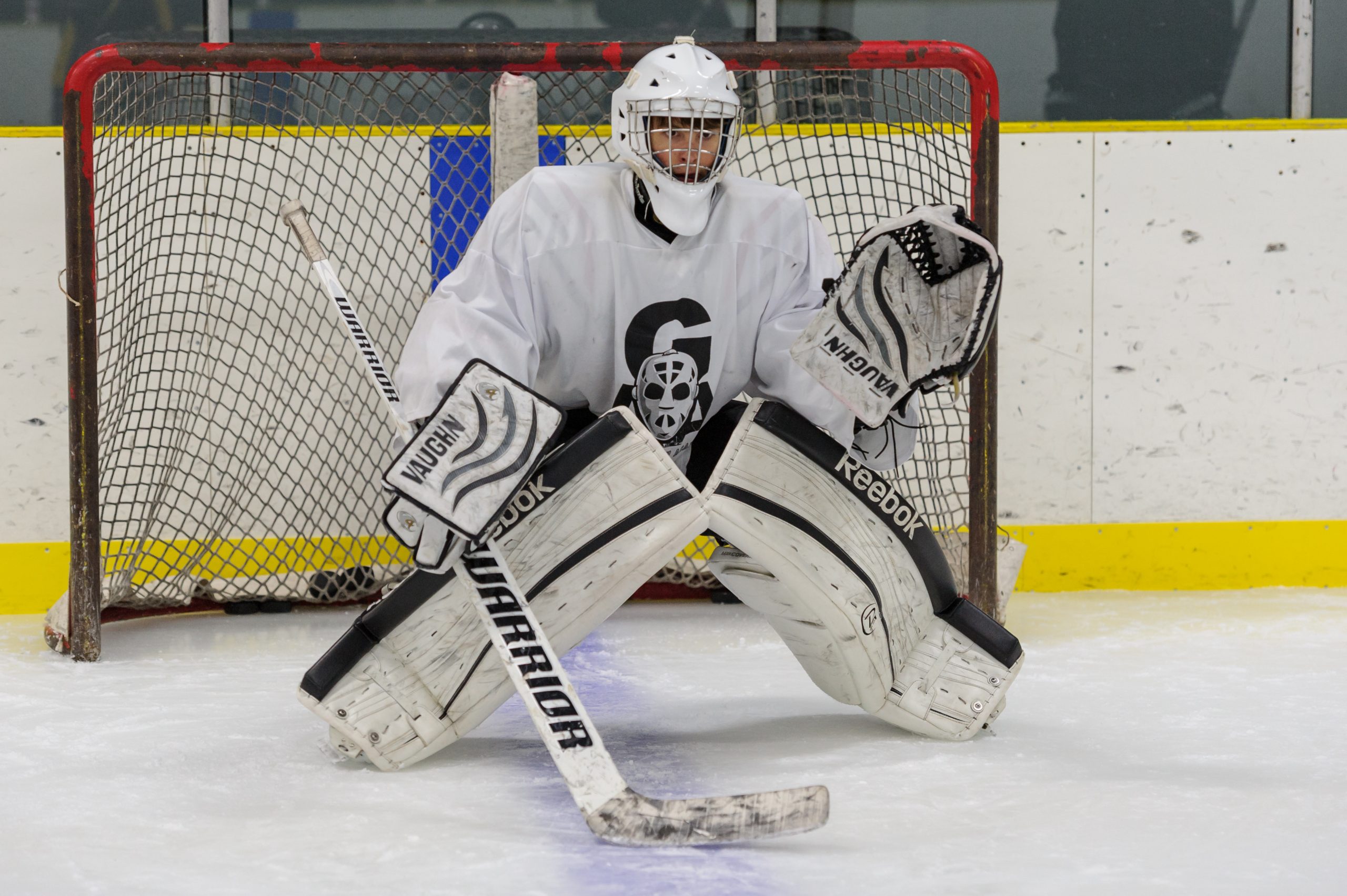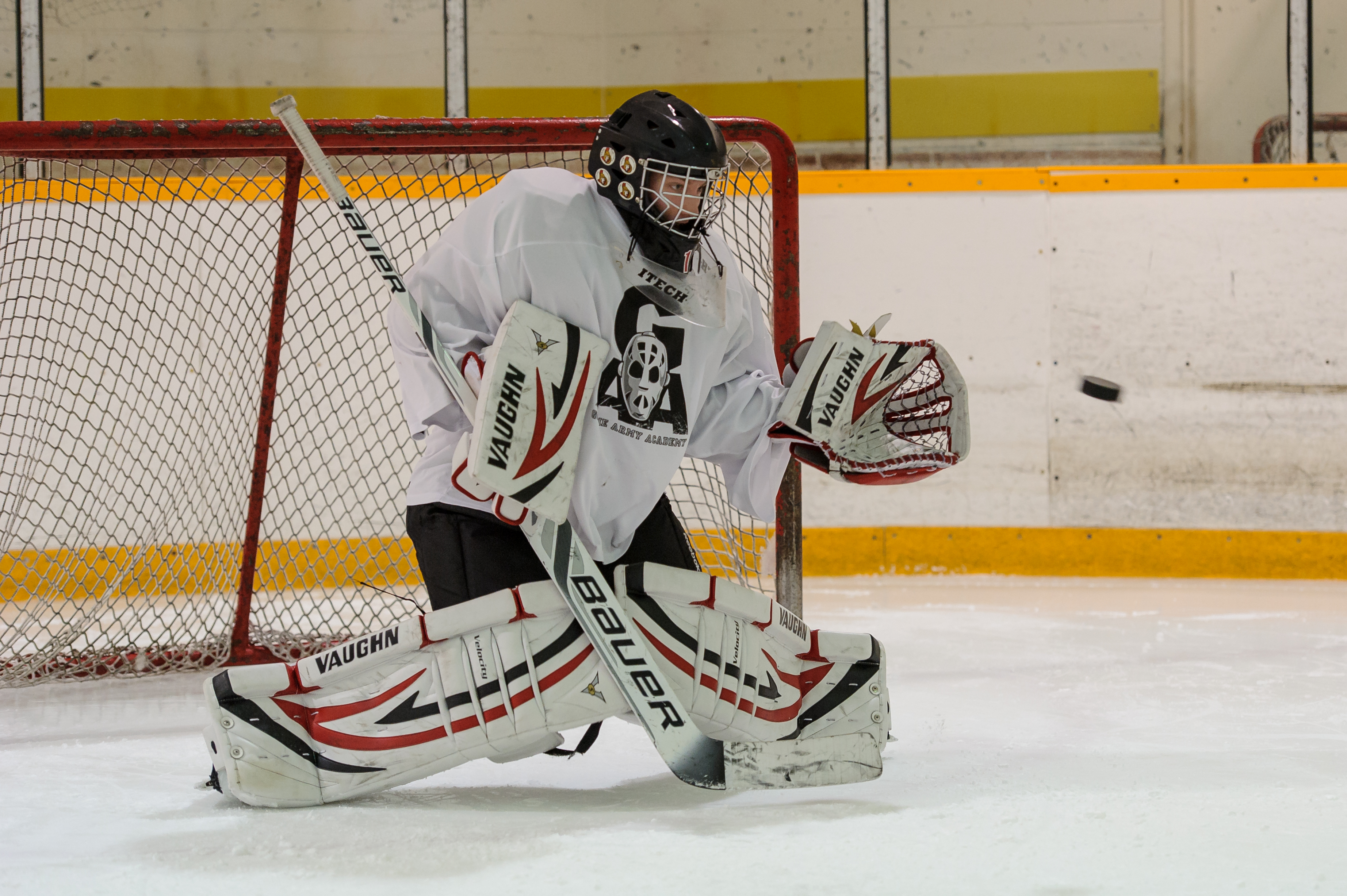
Goal Setting
Are you hoping to lead your team to the playoffs this year? Or maybe you’re working toward earning more ice-time by becoming the goalie your coach can count on? Regardless of your age or skill level, every goalie should set goals for themselves. Goal setting is the most popular performance enhancement strategy because goals increase motivation, persistence, confidence, and satisfaction, while teaching the athlete the value in adopting new learning strategies. Here are some tips for creating a goal-setting program that will enhance your performance while avoiding common goal setting mistakes.
 Step 1: Identify your strengths and weaknesses
Step 1: Identify your strengths and weaknesses
The first step in creating a goal-setting program is to assess your strengths and weaknesses as a goalie using a technique called performance profiling. The three main functions of performance profiling are to monitor your progress over the season, identify what your goals should be targeting, and to increase motivation.
First, write down the most important characteristics that make a hockey goalie successful. These characteristics can be physical, mental, or technical. Some examples to choose from are mental toughness, confidence, skating ability, athleticism, angles and positioning. The next step is to rate the importance of each characteristic from 0 (not important) to 10 (extremely important). Once this is done, rate yourself in each characteristic on the same 0 to 10 scale. Finally, calculate the discrepancy between your score and the ideal score. To calculate the discrepancy value, subtract the score you gave yourself from 10, and multiply it by the importance level score. For example, if I believe that the characteristic of confidence has an importance level of 9/10, and I rate my confidence level to be 7/10, the discrepancy score will be is 27, because (10-7) x 9 = 27
Calculate the discrepancy value for every characteristic that is important in goaltending in your opinion. The characteristic that generates the largest discrepancy value is the characteristic in which you view yourself to be weakest. The smallest discrepancy value will be calculated for the characteristic that is your greatest strength. Using these discrepancy scores to indentify your strengths and weaknesses as a goalie allows you to focus your goal setting on areas that you need to improve the most.
 Goal-Setting Guidelines
Goal-Setting Guidelines
Now that you know what your current strengths and weaknesses are, we can create goals to address them. As a guideline for setting goals, you should remember that goals must be S.M.A.R.T. (Specific, Measurable, Adjustable, Realistic, and Timely).
For example, an effective goal will be not too easy, not too difficult, not too vague, possible to achieve, and it will have deadline that you must achieve it by.
Mistakes to Avoid
Avoid setting too many goals at once. As a beginner, set a small amount of goals and monitor them. Too many goals are difficult to keep track of and can be discouraging. Use your performance profiling to give you ideas for goal setting.
Don’t forget to follow through with your goal-setting routine throughout the season. Even if you only spend 5 minutes a day, make sure that you monitor your progress each week. Goal setting is ineffective unless you evaluate and follow up on your goals!


Leave a Reply